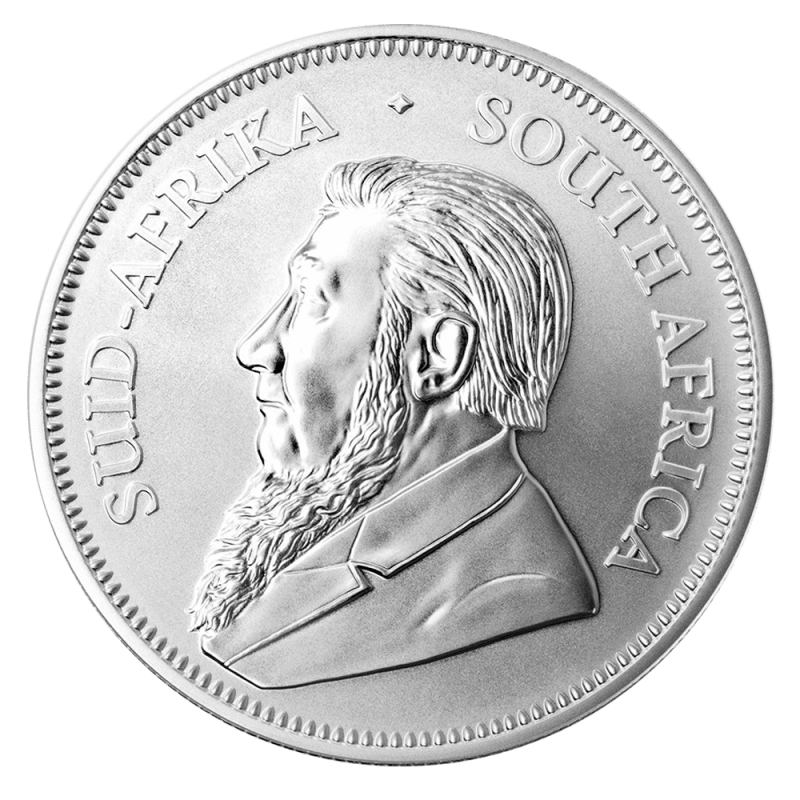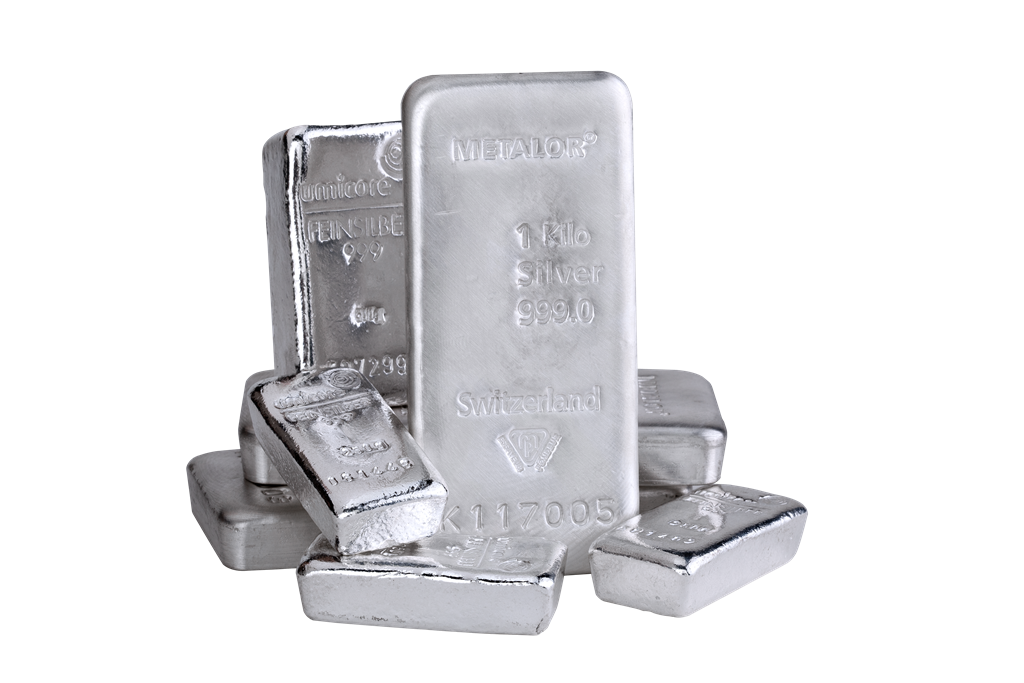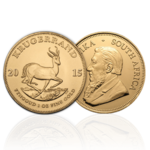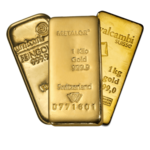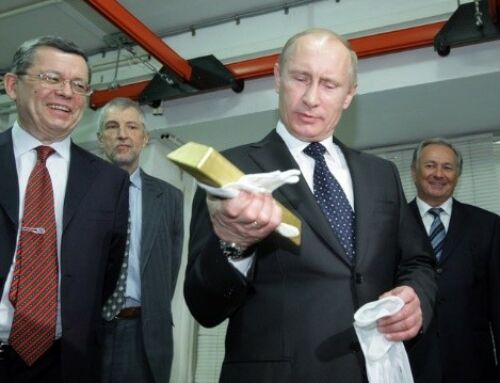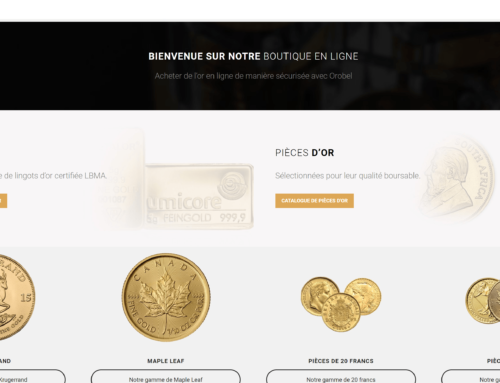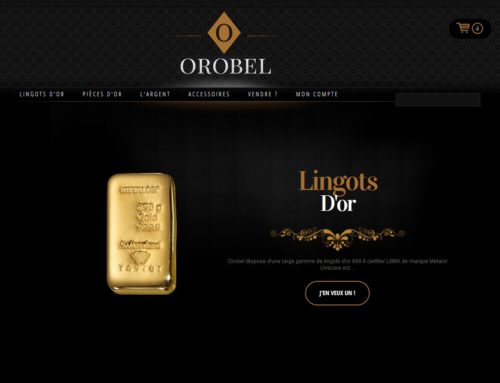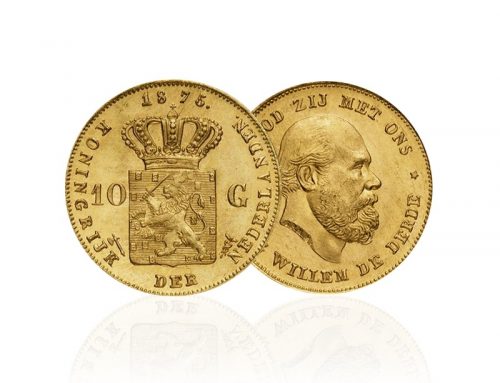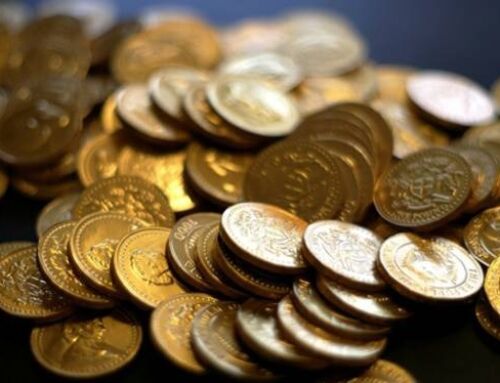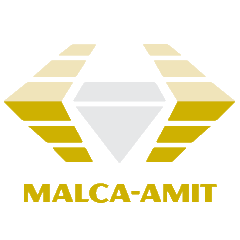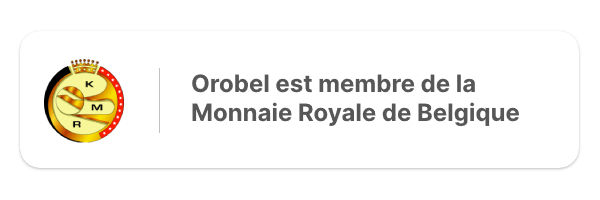The history of a precious metal : platinum
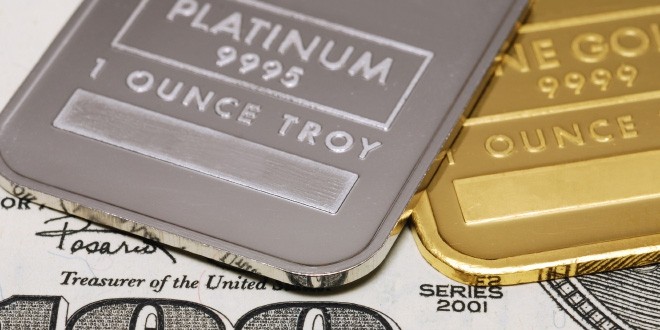
Platinum is a precious metal gray, unknown to the general public and whose price rises to over 28,000 euros today kilo. This article aims to present its history and its methods of application.
History of Platinum
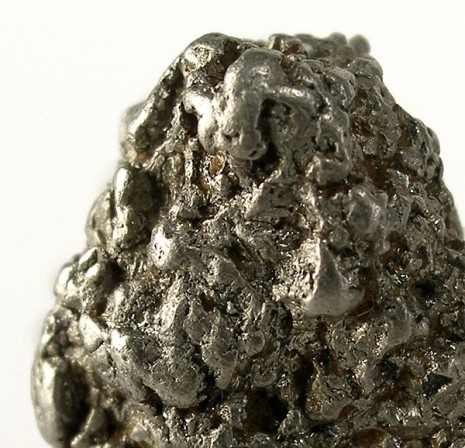
Platinum was discovered by Spanish explorers in Colombia and finally back to Europe in 1735. When platinum was discovered, he was named « Platina » which means « little silver » in hearing a low value.
Gold prospectors in Colombia have long been aware of Platinum was found that often forms heavy chips and white-gray when panning for gold in streams and rivers. They threw these platinum nuggets thinking it was gold that had not yet matured.
Over the years the refining and smelting processes were developed, many uses have been found for this most precious metal with amazing properties.
Platinum is used in chemical processes as catalyst, as in the cracking of petroleum or the production of acid.
The industry is also used as a metal gauze or fine mesh for catalyzing the partial oxidation of ammonia to produce nitric oxide, which enters into the composition of fertilizers, explosives, and nitric acid .
Platinum catalysts are used in the refining and processing of petroleum and in other processes for the production of gasoline and aromatics in the petrochemical industry.
It is present in micro particles in the nests of bees ceramic pots auto catalysts for gasoline engines, ceramics contains roughly 1.75 to 2 g platinum group metals kilo There are roughly 1.25 gram platinum, 0.5 g of palladium and 0.25 grams of rhodium.
In some particle filters for diesel engines, the platinum content of 3 grams per kilo.
We estimate that the motor industry connus around 60 % of platinum global resource
The alloy platinum / osmium 90/10 is used to make pacemakers, artificial heart valves or other implants
Some small pacemakers introducing son are composed of an alloy with 85% platinum and 15% tantalum.
Platinum is also used in dental applications and especially in alloys for ceramic teeth, although this sector uses non-precious alloys or teeth made of metal-free ceramics. But accuracy and specification alloys gold / platinum are they are still used.
Medical applications, as a treatment against cancer and in high jewelery jewelry.
Platinum is also used in the form of pots analysis laboratories, cup platinum or platinum crucible. It is also sometimes used as a platinum electrode.
The metal platinum
Pure, platinum is a white metal is the color of tin, malleable, ductile and tougher than money. It does not tarnish in air or does not dissolve in an acid one.
The Platinum class is 57th in abundance among the elements of the earth’s crust. It is found in the native state in fairly pure form or alloyed with other metals. Nuggets weighing up to 10.5 kg were found.
Platinum is sometimes a byproduct of some nickel and copper mines. Most platinum used today comes from South Africa or Russia.
Here are some features of this metal:
- Melting point : 1773 ° C
- Density : 21.45 g / cm3 at 20 ° C
The popularity of platinum jewelery alloys has increased dramatically and many manufacturers are now making platinum jewelry to meet demand. The global demand for platinum has a record 166 tonnes in 1999 according to « Platinum 1999 » report from Johnson Matthey.
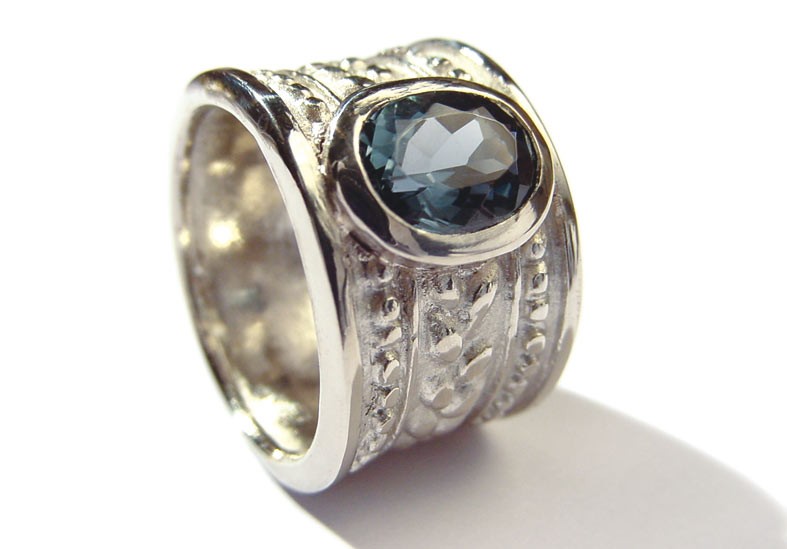
Platinum alloys
Pure platinum is too malleable for most jewelry applications and small additions of other metals of the platinum group or other base metals are added to increase its hardness.
The platinum alloy with 10% Iridium is the most popular alloy for making jewelry in the United States.
This alloy provides excellent white color with good hardness.
Alloys of 95% platinum / 5% Cobalt are slightly magnetic and have excellent melt fluidity for filling complex molded parts while providing a good final hardness to the final part.
The alloy of 95% platinum with 5% ruthenium alloy to a fine grain structure, excellent hardness and resistance to high tensile making it ideal for the manufacture of tubes and other forged products where good characteristics machining is required.
A new platinum alloy came on the market made up 95.5% Platinum / 3.0% gallium / indium 1.5%.
This alloy can be cast or processed in forged products.
Various other alloys of platinum are used in other parts of the world such as in Japan (Alloys of platinum / palladium or platinum / palladium / cobalt).
In Europe, Platinum / copper or platinum / copper / cobalt alloys are commonly used.
Some manufacturer alliances produce alloys 60% and 30-40% platinum ruthenium which significantly reduces its cost.
